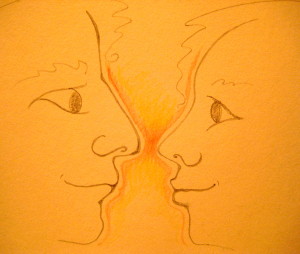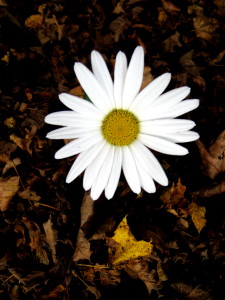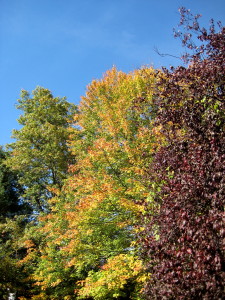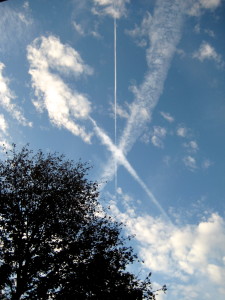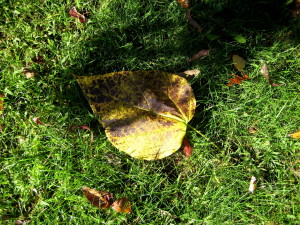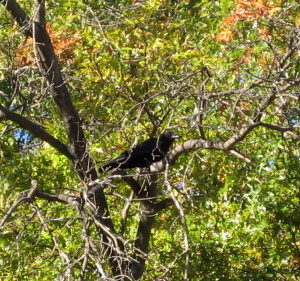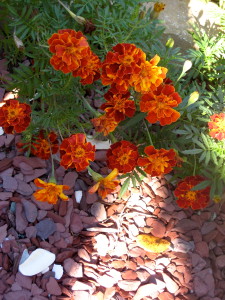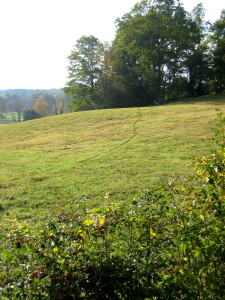
– Photo by Jan Ketchel
There was never a doubt in my mind that life was a journey. As a young child, I envisioned this journey as a long and meandering path that began somewhere to the left of my vision and traversed to the right, stretching far into the future. There was no beginning that I could ever see and every step forward was a mystery, for I had no idea where I was going. So begins the introduction to my next book, The Edge of the Abyss, Volume 2.
We are all on our own paths. It has never been hard for me to envision the path I myself am on, but it has often been hard to see where I was going, for what reason, and how things would unfold as I took my journey through life. I am able to look back now and see what I could not see as a child, for I had not, at that point, journeyed very far or been in a position to ponder deeper meaning. Now when I look back, I see how everything in my life is strung together, every moment linked, every step leading me on to the next step. Each moment and each step was right, I see that now, though while in the midst of living many of those moments and taking some of those steps I could not have had such a perspective, for when in the turmoil of life clarity is often hard to come by.
Now I get to watch others take their journeys, watch them live through their moments of uncertainty, take their unsure steps, wondering where it will all take them. I watch with awe and with awareness that each one of us on this earth is endowed with all we need to walk the path that lies before us. I have learned to let people go, to bear the tension of watching them stumble, make mistakes, get up again and keep going. When I was young, I could not wait to leave everything behind and begin life anew, in my own way. I remember this when I watch others set out into life, remember how uncertain and frightening it was to leave home and go into the world, but at the same time so thrilling.
We are all responsible for ourselves. Once we grow up, reach a certain age, become adults, it’s up to us to take off into life and make something of ourselves. It’s what life is all about, making a meaningful life for ourselves. Some people have a vision of what that life will look like and others have no idea. Those who know plan accordingly, but those who don’t know are free to roam. Roaming is good too, and many a life has been built upon roaming. I think of the beat generation and my generation that grew up in the 1960s, restless and in touch with something besides the “American Dream.”
I don’t think there is an American Dream anymore, it fell out of popularity a long time ago. Now we are world citizens; we are everyone. How then can we separate ourselves from everyone and pretend that we are something special, that we are more that someone else living on the other side of the world? A lot of what we find interesting these days came from the other side of the world, from ancient sources: yoga and meditation, Buddhism and vegetarianism, the principles of yin and yang, the desire to be spiritually whole. I did not grow up with these things. They met me as I took my journey, intersecting my path, things I picked up along the way that made sense to me, that I saw value in, things that made my life vital and meaningful.
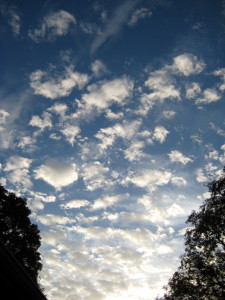
– Photo by Jan Ketchel
My path has been deeply challenging at times and spectacularly beautiful at other times. As I look back now, I see it in all of its glory, and I see all of its gory details too. I would not have it otherwise. When I get stuck or depressed these days, I don’t stay there too long. I know that I am the maker of my own life, that I create my own reality. And so, when I’m feeling lost or worried, I remind myself of this. “Create a new reality if you don’t like the one you’re in!” I tell myself, and I find it really isn’t that hard to do. It might be as simple as letting myself feel a different way, allowing myself to be who and how I want to be, giving myself permission to see everything from a totally different perspective.
It’s what I’ve been doing my whole life, creating my own reality, striving to make it as joyous a journey as possible. One step at a time.
On the path,
Jan

